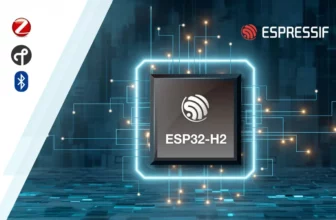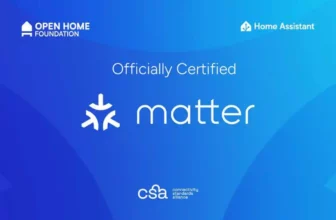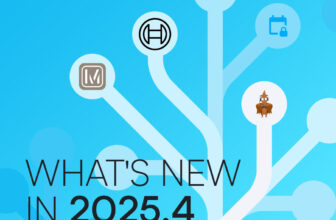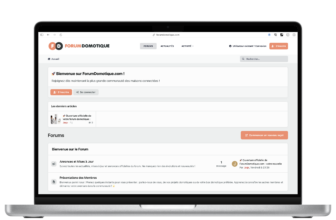The Z-Wave Alliance, the standards development organization dedicated to advancing the smart home and Z-Wave® technology, announced a few days ago that the ZWLR (Z-Wave Long Range) specification for the European market has been completed and will be made available to member companies in an upcoming release. Since announcing ZWLR for the North American market, the Alliance has been working hard to make the specification available to our valued members in Europe. With the specification now complete, the Alliance will soon announce details of the ZWLR certification program. Once published, ZWLR will be available to European Z-Wave Alliance members for product development. Avi Rosenthal, Chairman of the Board, Z-Wave Alliance
ZWLR ushers in a new era of Z-Wave connectivity, bringing expanded options for the smart home, multi-family housing, hospitality, and much more. Soon to be available on the European market, ZWLR has been meticulously designed as a communications protocol for applications where high performance, increased scale, low power consumption, increased device security, range, and device interoperability are all essential. With the specification now complete, Z-Wave Alliance members operating in Europe will soon be able to take advantage of the features and benefits of ZWLR.
Network Topology
Although the network topologies are different, Z-Wave supports both mesh and hub-and-spoke networks operating in the same frequency range. Existing Z-Wave mesh nodes and new ZWLR nodes can coexist on the same network, allowing for a wide variety and combination of Z-Wave devices capable of achieving the highest performance of any wireless protocol combination.
ZWLR devices operate in a hub-and-spoke topology that places the gateway or hub at a central point and then establishes a direct, point-to-point connection with the end devices. The direct communication path established by the hub-and-spoke topology significantly reduces latency between the gateway and the end devices, which is particularly beneficial in noisy or congested installation environments where wireless communication volumes are high.
Z-Wave mesh and ZWLR were designed to coexist and complement each other. By operating on a hub-and-spoke network, ZWLR enables a direct connection between the gateway, hub, and device over long distances, whereas mesh traditionally allows the signal to hop from node to node until the intended destination is reached. With ZWLR, simplified routing allows commands to be delivered more quickly, and potential network faults are also highlighted more quickly. With Z-Wave, manufacturers have access to the “self-healing” properties of mesh networks and the direct communication benefits of a hub-and-spoke network.

Increased scalability
Perhaps one of the most exciting benefits of ZWLR for the European region is its monumental increase in scalability. By increasing the address space to 12 bits, ZWLR can support up to 4,000 nodes on a single network! Compared to Z-Wave (232 nodes), this represents a colossal 20x increase in network node availability. Supporting a larger network allows thousands of Z-Wave devices to be enrolled on a single network, further expanding the possibilities offered by the power of Z-Wave technology.
Increased Battery Life

In addition to increasing network size and transmission capabilities, ZWLR also offers endpoint devices up to 10 years of battery life from a single coin-cell battery by leveraging dynamic power control. This feature allows ZWLR devices to automatically adjust and optimize the radio output power of each transmission. This dynamic power control is essential for ensuring the future-proofing of Z-Wave device installations. The ability to deploy sensors and end devices in hard-to-reach locations such as crawl spaces, attics, basements, or behind walls is one of the most compelling use cases for devices with extended battery life.
Source: Z-Wave Alliance






Please remain courteous: a hello and a thank you cost nothing! We're here to exchange ideas in a constructive way. Trolls will be deleted.